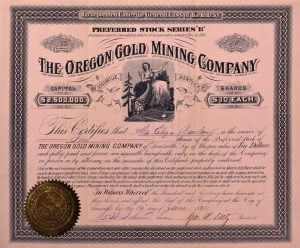Continued Improvements in Portland Oregon
There were eighty retail liquor saloons and seven wholesale dealers in liquors; there were nine livery stables, thirteen meat markets, four photograph galleries, twenty cigar and tobacco dealers, six breweries, five bakeries, two brickyards, four banks, fourteen printers, one match factory, one soap factory, one salt works, one barrel factory, two box factories, twenty-one dressmakers, five dealers in Chinese goods, two book binderies, one tannery, five wagon makers, six blacksmith shops, five bakeries, two express companies, three railroad companies, five merchant tailors, two telegraph offices, thirteen licensed draymen and two undertakers, besides a number of other occupations such as auctioneer … Read more


